Winter preparation for your garden is essential in Canada’s challenging climates. As summer fades and temperatures drop, safeguarding and nurturing your garden becomes crucial. Taking proactive steps ensures not only its survival but also its long-term health and vitality. By investing effort now, you set the foundation for a thriving garden in the coming seasons.
Canadian winters pose challenges with freezing temperatures, heavy snowfall, and frost. But fear not! With diligent winter preparation, you can shield your garden, increase its resilience, and avoid costly repairs.
Take a comprehensive approach by selecting cold-resistant grass seeds, implementing protective measures, and understanding frost’s impact. Each step plays a vital role in fortifying your garden against the elements.
From preparing the garden lawn before winter (September to November), through winter care (December to February), to post-winter lawn care (March and April), these steps lay the foundation for Winter Gardening, minimizing pests, diseases, and weather damage, and ensuring a vibrant landscape when spring arrives.
In the upcoming sections, we’ll be your expert guides, revealing essential steps to prepare, protect, and care for your garden throughout winter. Follow our strategies and advice to safeguard your garden’s well-being and enjoy its beauty year-round. Let’s face winter head-on and watch your garden thrive!
🇦 Preparing Your Lawn Before Winter
Before winter arrives, it’s important to take proactive steps to protect your garden lawn and for Winter Gardening. By implementing the right strategies, you can minimize the impact of frost and ensure a healthy lawn come springtime. In this section, we will discuss key steps to prepare your lawn for the winter season.
Step 1: Understand Frost’s Impact ❄️
Frost forms when temperatures drop below freezing, causing ice crystals to form on plants. Clear and calm nights are typically when frost occurs.
➡️ Plant Vulnerability:
Some plants are more vulnerable to frost damage, especially tender or frost-sensitive varieties.
Hardy or frost-resistant plants can withstand colder temperatures without significant harm.
➡️ Frost Damage Symptoms:
Frost damage can be seen as wilting, discoloration, or browning of leaves, as well as blackened stems and overall plant decline.
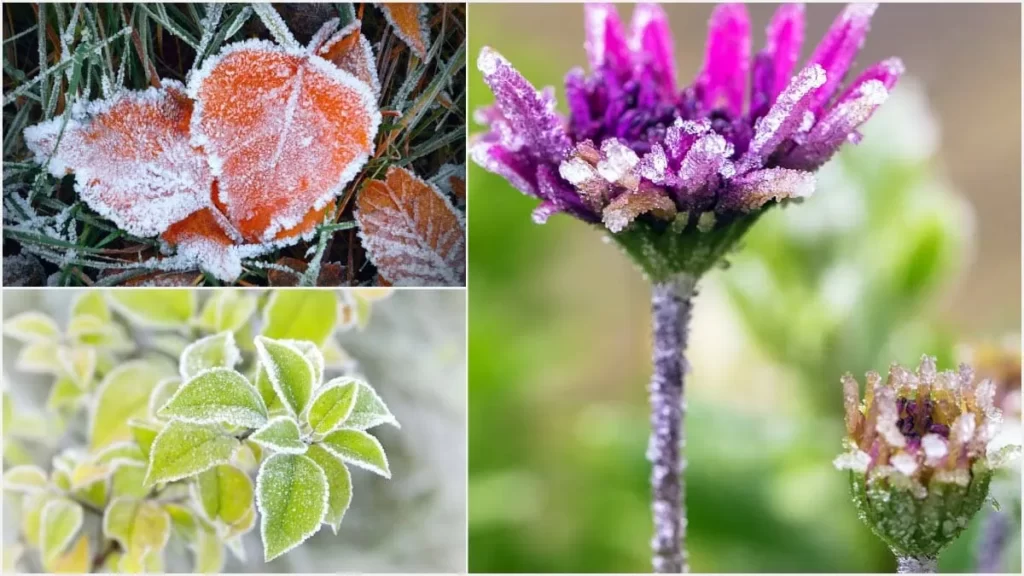
Protecting your plants involves using methods like frost blankets, row covers, and mulching, as well as considering timing, watering practices, and garden placement. Selecting frost-tolerant plants known for their resilience is also crucial.
Step 2: Select Winter-Resistant Grass Seeds 🌱
When preparing your lawn for winter, it’s important to choose the right grass seeds. Look for seeds that are specially designed to handle cold temperatures and tough winter conditions. These seeds are called winter-resistant or cold grass seeds.
Common types of winter-resistant grass seeds include Kentucky bluegrass, perennial ryegrass, fine fescue, and tall fescue. Kentucky bluegrass is great for recovering from winter damage, while perennial ryegrass grows quickly and is good for overseeding. Fine fescue is low-maintenance and can tolerate shade, and tall fescue is hardy and handles both drought and cold weather well.
You can find winter-resistant grass seeds at local garden centers, nurseries, or online stores that sell lawn care products. Look for blends that are suitable for your region and consider factors like sun exposure, soil type, and how you’ll be using your lawn.
Step 3: Overseeding for a Resilient Spring Lawn 🌸
Overseeding involves distributing grass seed across your existing lawn to fill in thin or bare areas. This step helps promote a denser and more resilient lawn. Before overseeding, it’s essential to prepare the soil properly by removing debris, loosening the top layer, and applying a thin layer of compost or topsoil if necessary.
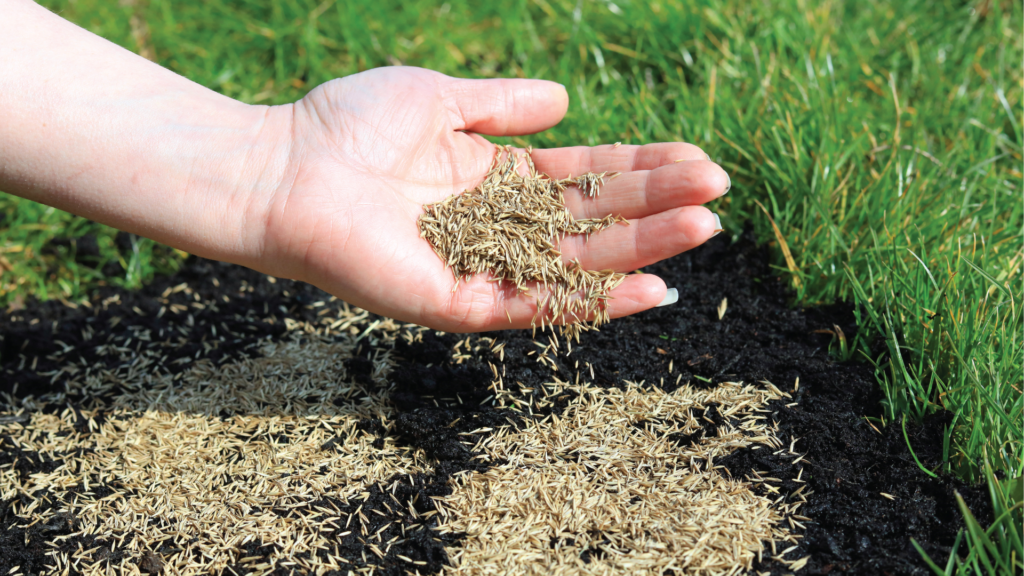
Step 4: Safeguard Plants with Winter Protection Covers 🦺
Winter protection covers offer an extra layer of insulation and shield your plants from frost, wind, and extreme temperatures. These covers can be made of various materials such as burlap, frost blankets, or specialized plant covers. They help retain heat and prevent damage to delicate foliage and blooms.
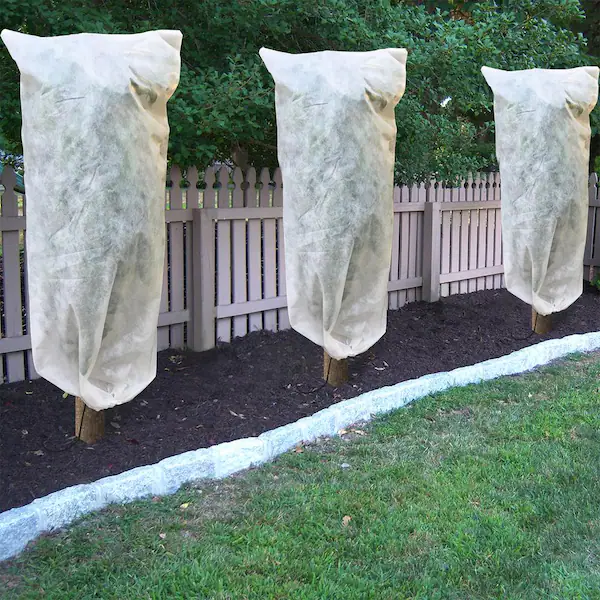
If you do not want to hide beauty of your garden through winter covers, you can follow these steps:
- Add natural protection to your garden area. Plant hardy and winter-resistant varieties, apply mulch, and create windbreaks.
- You can also use temporary structures instead of winter protection covers. Use hoop houses or cold frames for sheltered plant environments.
- Plant Relocation will also help you. Move potted plants indoors or to protected areas like garages or greenhouses.
- If you do not want to compromise on decor and also want protection from cold weather, the best option is to choose decorative Covers. Explore printed or decorative covers for both protection and visual appeal.
Read our definitive guide on how to choose a landscaping contractor for getting all of this done properly.
🇧 Protecting the Lawn During Winter
Now that you’ve prepped your garden for the winter, it’s time to embrace the frosty adventure! Get ready to uncover the insider tips and tricks that will keep your plants happy and thriving throughout the chilly season.
Step 5: Use Eco-Friendly De-Icing Alternatives 🧊
De-icing products used during winter to melt ice and snow can harm your plants and lawn in different ways. Firstly, these products can damage the soil and plant roots when they wash into the soil, leading to poor growth and yellowing leaves. Secondly, they can be corrosive to concrete surfaces, causing cracks and deterioration over time.
Additionally, de-icing products can have a negative environmental impact by contaminating freshwater sources and harming aquatic organisms. To avoid these harms, it’s important to be cautious when using de-icers and consider eco-friendly alternatives.
| Harmful De-Icing Options | Eco-Friendly De-Icing Alternatives |
|---|---|
| Rock salt (sodium chloride) | Calcium chloride |
| Potassium chloride (muriate of potash) | Calcium magnesium acetate (CMA) |
| – | Sand or gravel for traction |
| – | Abrasives: coarse sand, sawdust, kitty litter, fine gravel, or straw (for traction without melting ice) |
Step 6: Choose Winter-Resilient Plants for Canadian Climates 🍀
Winter resilient plants are particular types of plants that can survive and thrive during the cold winter months. They have unique features that help them withstand freezing temperatures, snow, and frost.
By planting winter-resilient plants, homeowners can have beautiful and interesting landscapes even when it’s cold outside. It’s a way to enjoy nature’s ability to survive and make their outdoor spaces look attractive all year round.
We suggest these five winter-resilient plants that homeowners in Canada can grow in winter:
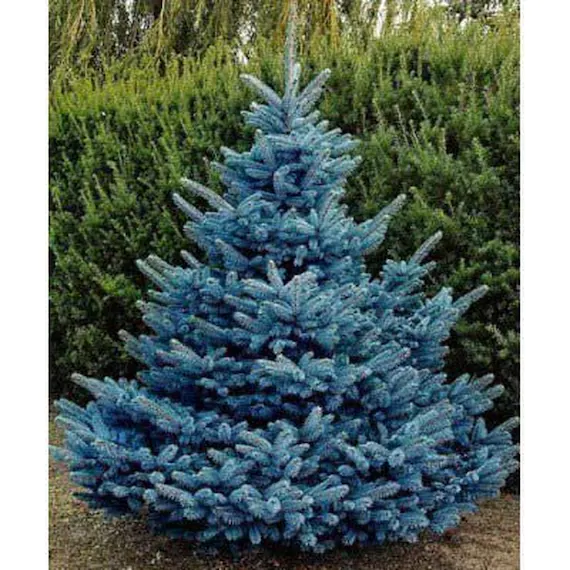
Blue Spruce
Hardiness Zones: 2-7
Maintenance: Minimal pruning, well-drained soil
Foliage: Striking blue-gray needles
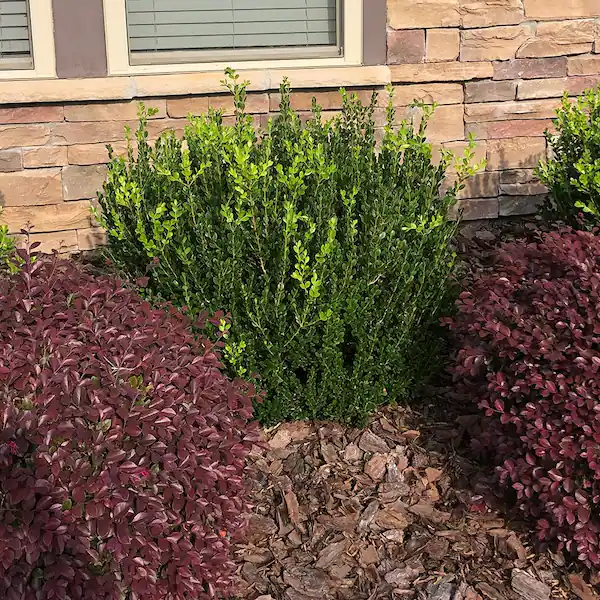
Wintergreen Boxwood
Hardiness Zones: 5-8
Maintenance: Prune for the desired shape, well-drained soil
Foliage: Glossy dark green leaves

Catmint
Hardiness Zones: 3-8
Maintenance: Prune after flowering, well-drained soil
Foliage: Fragrant foliage, blue/lavender flowers

Coral Bells
Hardiness Zones: 4-9
Maintenance: Deadhead spent flowers, well-drained soil
Foliage: vibrant foliage, bell-shaped flowers
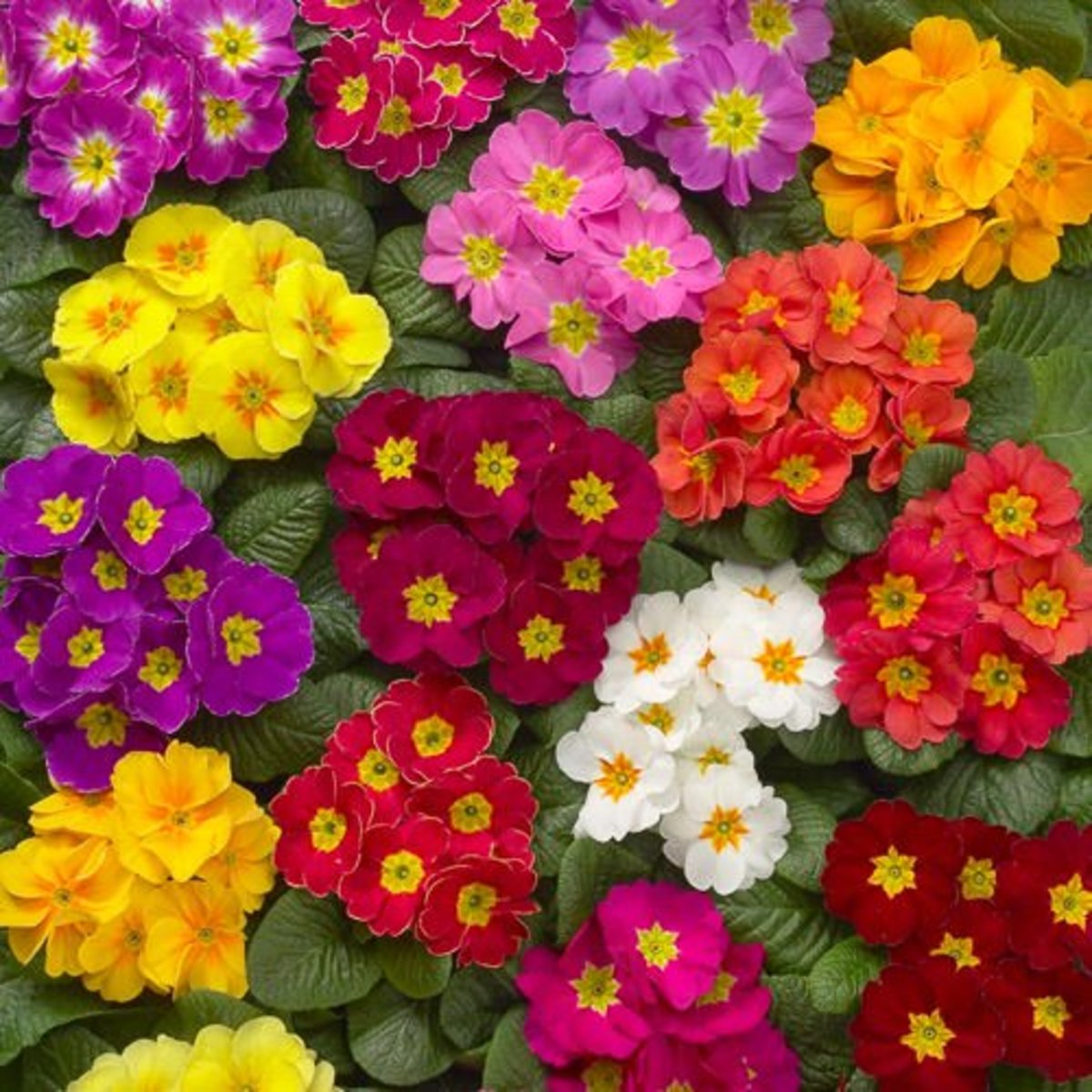
Primrose
Hardiness Zones: 3-8
Maintenance: Keep soil moist, partial shade to full sun
Foliage: Cheerful blooms in various colors
Please note that these are just general guidelines, and it’s important to consider specific care requirements based on your location and garden conditions.
Step 7: Follow Proper Mulching Techniques for Winter Protection 🪴
Mulching is a valuable practice for Canadian homeowners during winter. It helps retain moisture, suppresses weeds, and prevents soil erosion. By using the right type and thickness of mulch and properly applying it, homeowners can ensure their plants stay healthy and protected throughout the winter season.
- Apply a layer of organic mulch, such as straw or wood chips, around plants to insulate the soil and protect roots from freezing temperatures.
- Ensure the mulch layer is thick enough (about 2-3 inches) to provide adequate insulation and moisture retention.
- Avoid piling mulch directly against plant stems or trunks to prevent excess moisture and potential rotting.
Step 8: Maintain Gardening Tools Properly During Winter 🛠️
Maintaining your gardening tools properly during winter is crucial to ensure their longevity and functionality. Here are some valuable tips to help you take care of your tools during the colder months:
➡️ Clean and Dry:
Before storing your tools for winter, make sure to clean them thoroughly to remove any dirt, debris, or plant residues. Use a brush or damp cloth to clean the surfaces, and dry them completely to prevent rust or corrosion.
➡️ Sharpen Blades:
Check the blades of your cutting tools, such as pruning shears or hedge trimmers, and sharpen them if necessary. Sharp blades make cutting tasks easier and more efficient, reducing the risk of damaging plants.
➡️ Lubricate Moving Parts:
Apply a light coating of oil or lubricant to the moving parts of your tools, such as hinges or pivot points. This helps prevent rust and ensures smooth operation when you use them again.
➡️ Store Properly:
Find a dry and sheltered storage space for your tools, such as a shed, garage, or tool cabinet. Hang larger tools or use hooks to keep them organized and prevent them from getting damaged or tangled.
➡️ Protect from Moisture:
Moisture can cause tools to rust, so consider using silica gel packets or a moisture-absorbing material in your storage area. You can also wrap smaller tools in a cloth or newspaper to provide an extra layer of protection.
➡️ Check Handles:
Inspect the handles of your tools for any signs of wear or damage. Replace any cracked or splintered handles to ensure a secure grip and safe use in the future.
➡️ Maintain Power Tools:
If you have power tools, such as electric trimmers or lawnmowers, follow the manufacturer’s instructions for winter storage. Remove batteries and store them separately in a cool, dry place.
Proper maintenance not only extends the lifespan of your tools but also ensures that they are ready for use when spring arrives, allowing you to enjoy gardening without any setbacks.
Read our list of must have gardening tools for your home.
🇨 Post-Winter Lawn Care
After enduring the harsh winter conditions, your lawn deserves some extra care and attention to regain its health and beauty. Post-winter lawn care is essential for repairing any damage, promoting growth, and preparing your lawn for the vibrant spring and summer months ahead.
Step 9: Assess and Repair Winter Damage 🤕
- Evaluate the condition of your lawn after winter, looking for signs of damage such as bare patches, thatch buildup, or compacted soil.
- Perform necessary repairs like reseeding bare areas, dethatching to remove excess debris, and aerating to alleviate soil compaction.
- Consider using a suitable fertilizer to promote healthy growth and recovery.
Step 10: Practice Spring Lawn Maintenance 🤝
- Begin by mowing your lawn at a higher setting to encourage strong root growth and gradually lower the mowing height as the grass becomes more established.
- Apply a balanced fertilizer to provide essential nutrients and promote healthy growth.
- Keep your lawn adequately watered, aiming for deep, infrequent watering sessions to encourage deep root development.
Winter Gardening: In A Nutshell
By investing time and effort in winter lawn care, you can enjoy a vibrant and thriving lawn year-round. Remember to adjust the recommendations based on your specific climate, lawn type, and local conditions.
With proper care and attention, your lawn will be well-equipped to withstand the challenges of winter and flourish in the seasons to come. So, gear up, implement these tips, and get ready to enjoy a healthy and beautiful lawn all year long. Happy gardening.









